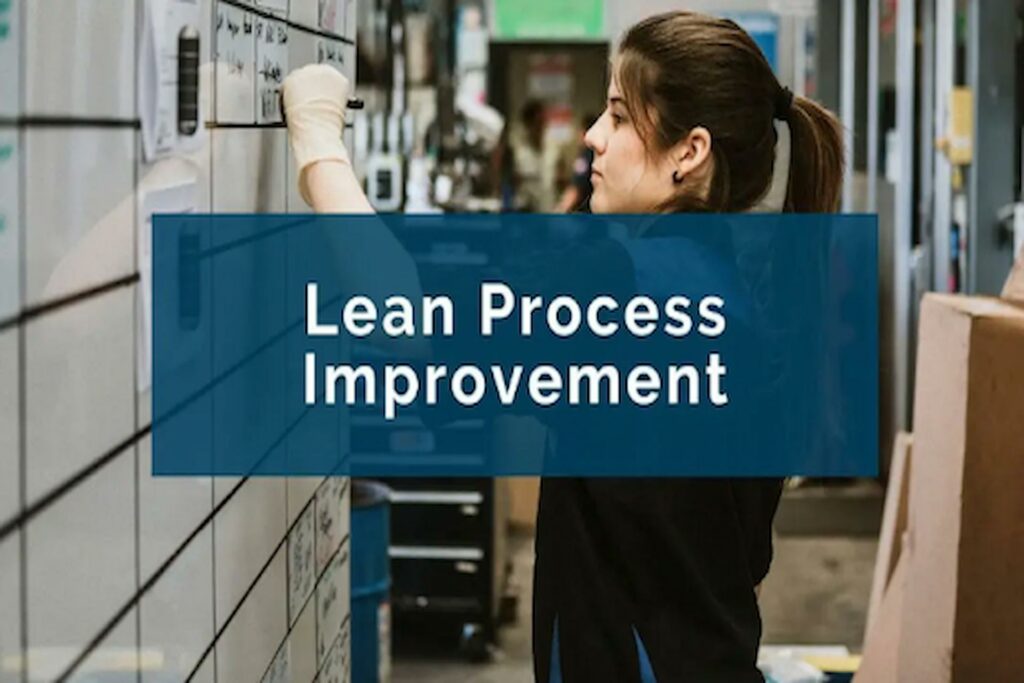Continuous improvement is considered to be a fundamental principle of lean methodology. Lean process improvement additionally puts emphasis on the elimination of wasteful activities with the goal of streamlining the processes of an enterprise. As Regina Temple mentions, lead process improvement typically involves analysing and assessing projects both when they are underway and subsequent to their completion with the purpose of identifying opportunities for improvement. This method can help create a systematic approach for enabling teams to deliver greater customer value via the continuous improvement cycle.
Regina Temple provides a brief overview of lean process improvement
Lean process improvement puts emphasis on eliminating waste from processes so that the employees only work on tasks that create customer value. It is a cycle of continuous improvement that helps make sure that a team stays lean. Lean process improvement is not a one-and-done approach. Following this practice correctly and consistently is important for sustaining momentum and keep projects moving forward. The primary objective of lean process improvement is to create a systematic means of delivering customer value faster. It is a long-term practice that delivers the best results when the whole company adopts it.
The concept of lean process improvement was originally developed by Toyota for the purpose of lowering the amount of time it took from receiving an order to delivering it. Even though lean process improvement is quite commonly discussed in regard to a production environment, the concept can essentially be applied to many domains, right from healthcare and technology to service and even government. The whole idea behind lean process improvement is looking at the big picture and finding ways to eliminate waste, no matter whether it is financial, physical, time, or employee energy that could be spent elsewhere.
Lean process improvement helps make sure that teams are working only on activities and tasks that shall ultimately deliver value to the clients or customers, thereby saving the money and other resources of a company. There are several benefits associated with lean process improvement, including:
- Increased efficiency: Analysing and improving business processes helps get a better estimate of the deadlines and deliverables of future projects.
- Improved collaboration: Continual improvement fosters cross-collaboration throughout the company, and encourages teams to communicate opportunities or issues for process improvement.
- Better morale: Streamlined and stable processes help secure more wins for a team, ultimately improving their morale.
- Lower waste: Teams only have to work on essential tasks, which reduces overall time wastage.
- Growth mindset: Lean management encourages everyone in a team to continually seek improvement.
- Satisfied customers: As a company manages to deliver value consistently, even its customers become advocates for its products.
- Ability to remain relevant: The ability to shift priorities and adapt prevents stagnation.
As Regina Temple mentions, lean process improvements help in streamlining processes, creating less waste and removing redundancy, thereby increasing the bottom line. As customers receive their product faster and with less hassle, they will be satisfied and happy with the brand. These customers are likely to return to the brand and recommend it to others.



